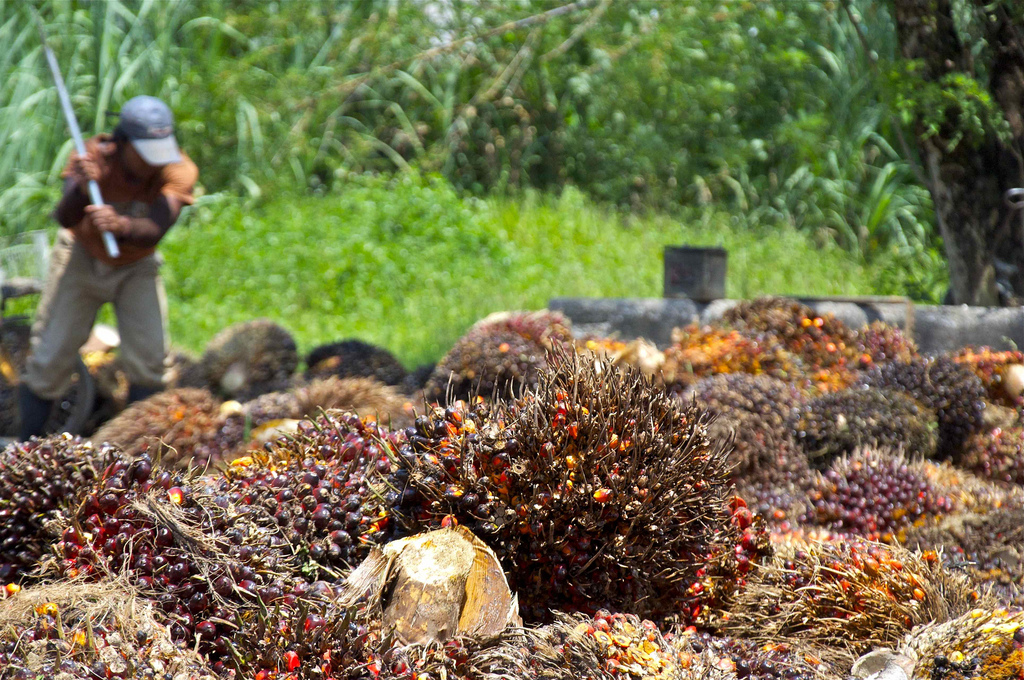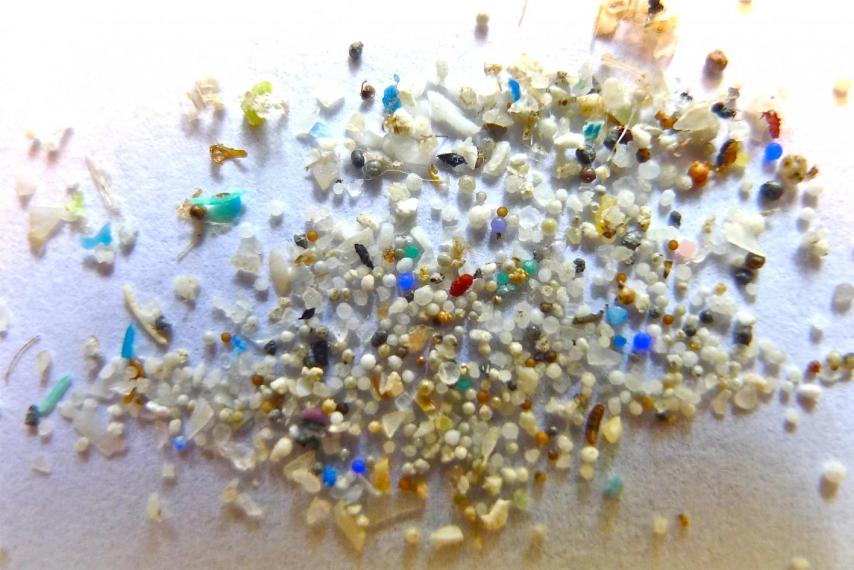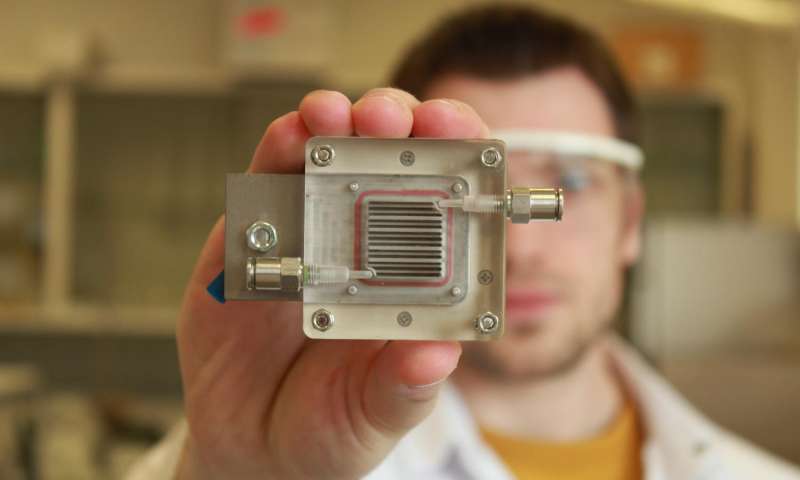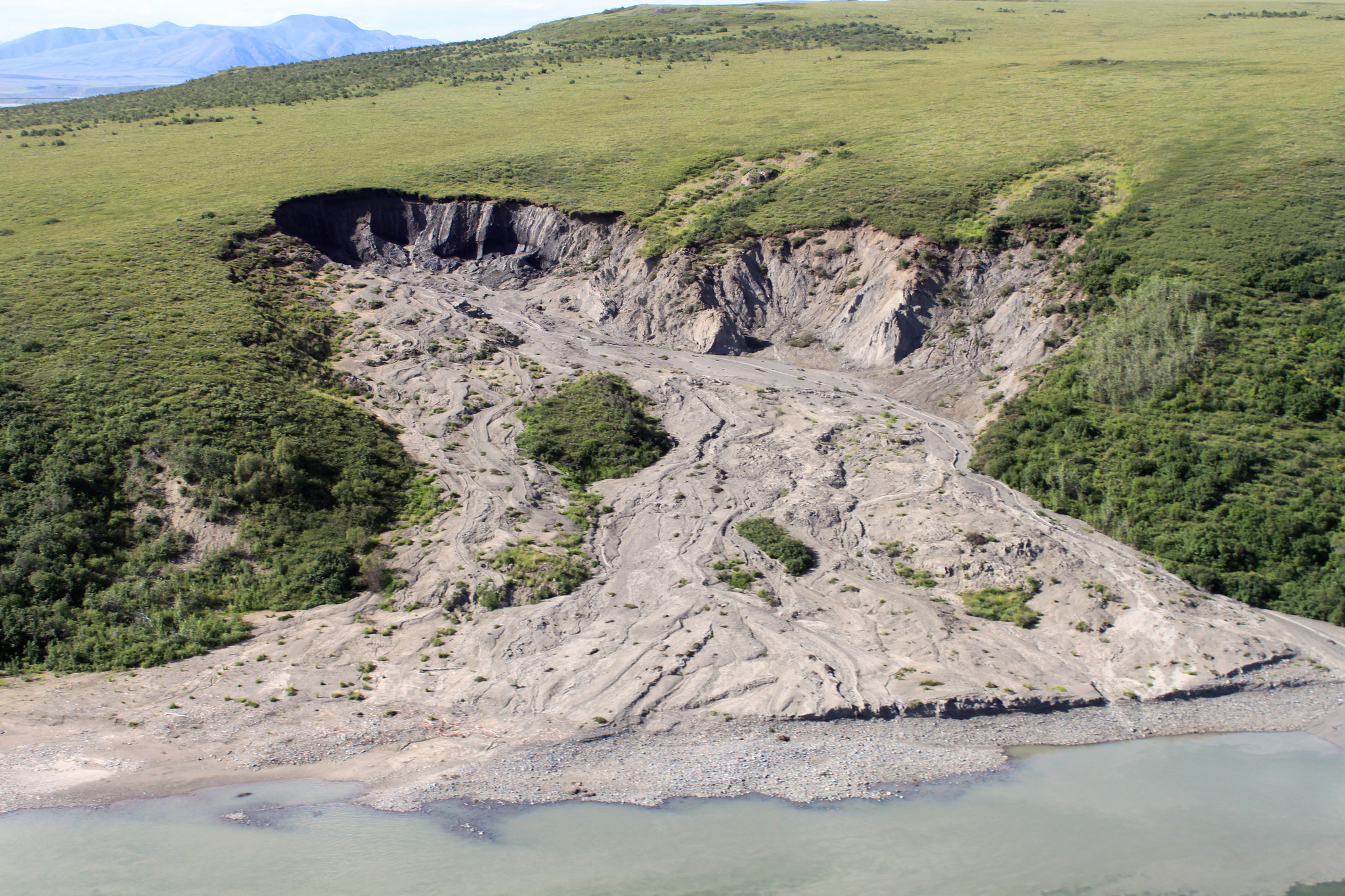A look at our changing environment.
By EarthWise
By EarthWise

By EarthWise
By EarthWise
By EarthWise

By EarthWise
By EarthWise

By EarthWise

By EarthWise

By EarthWise

By EarthWise

By EarthWise
By EarthWise

By EarthWise
By EarthWise

By EarthWise

By EarthWise
By EarthWise
By EarthWise
By EarthWise
